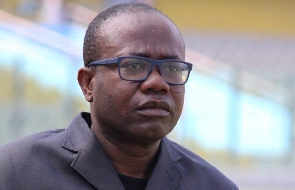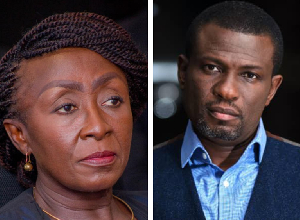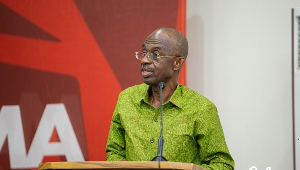The African region, and most significantly the world, is more interconnected than ever before with the expansion of the internet and intelligent devices.
Although this has brought about substantial advantages, the interconnection has created new security concerns, particularly in the area of cybersecurity.
Cyber-attacks are on the rise and may have adverse impacts on individuals, businesses, and the military. In this essay, I discuss the global cyber challenges that the military will face in the coming years and offer possible solutions.
Increased sophistication of cyber-attacks is one challenging concern of military cyber defense. Generally, it will be difficult to keep up with hackers' constant development of new methods aimed at bypassing cybersecurity measures of critical information infrastructure.
This suggests that the military's cyber security must be proactive, anticipating future threats and implementing countermeasures before a problem arises. Another hurdle is the sheer magnitude of the military's digital infrastructure.
In developed countries, the military's networks and systems are extremely sophisticated, with numerous access points and a vast number of interconnected devices – while this may contrast with those in the developing world, the sheer complexity of safeguarding classified systems makes protecting them, identifying cyber-attacks, and responding to them more onerous.
A final barrier is striking a decisive balance between security and accessibility. Military personnel must have access to digital systems and data in order to execute their duties effectively, yet this access creates major threats. To ensure the efficacy of military cyber defense, it will be necessary to establish a balance between accessibility and security.
Thus, how can the military's cyber defense overcome these difficulties and continue to lead the pack? Investing in research and development to create new tools and technologies that help recognize and prevent cyber-attacks is a critical strategy.
This may involve the use of artificial intelligence and machine learning algorithms capable of evaluating enormous amounts of data to identify potential vulnerabilities and threats.
A comprehensive approach to cybersecurity is an effective technique. This requires a focus on broader issues, such as employee training and awareness, in addition to strictly technical solutions like firewalls and anti-virus software. By educating its personnel on cybersecurity best practices and developing a culture of security, the military can create a more secure digital infrastructure.
The military must create ties with other organizations (both public and commercial) or governments in order to exchange information and knowledge. Cyber threats are a global issue that cannot be resolved by a single entity. By creating partnerships, the military may be able to utilize the expertise of other entities to construct a more comprehensive cyber defense policy.
In conclusion, military cyber defense will continue to be a critical problem in the years to come. The increasing sophistication of malicious cyber-attacks, the complexity of military networks, and the need to strike a balance between security and accessibility will offer significant challenges.
By investing in research and development, taking a more holistic approach to cybersecurity, and developing partnerships with other organizations and governments, the military can better defend its digital infrastructure against cyber-attacks.
Opinions of Saturday, 25 February 2023
Columnist: Osei Bonsu Dickson



















